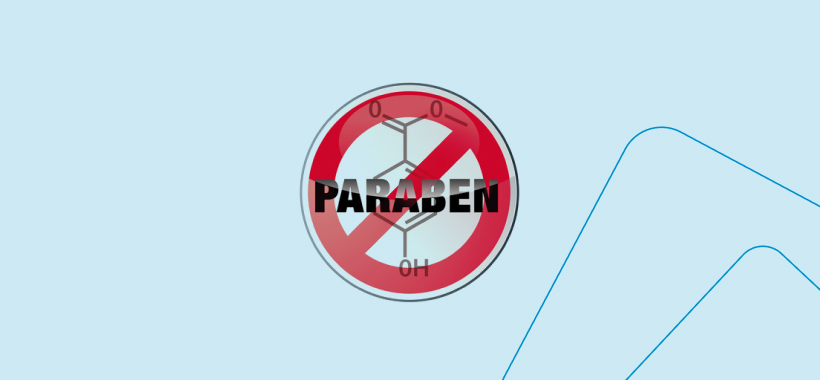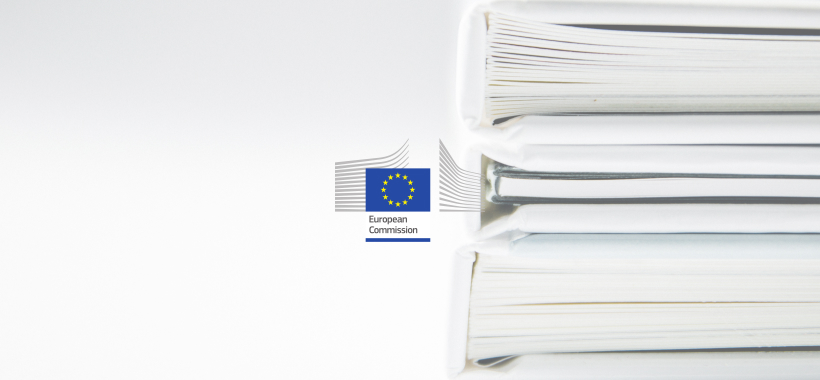EU COSMETICS GMP REQUIREMENTS
Eu cosmetics GMP requirements (GPM means good manufacturing practice) is one of the pillars of the EU Regulation for Cosmetics. This Regulation sets very high requirements to ensure consumers’ safety, and is concerning all the participants in the cosmetics products chain, European and non-European. Amongst these legal requirements, all cosmetics products circulating in the EU have to be produced according to the Cosmetics Good Manufacturing Practices described by the ISO 22716 standard. Compliance with this standard can be demonstrated either by the ISO 22716 certificate, or by a declaration stating that the products are produced according to ISO 22716.
EU COSMETICS GMP REQUIREMENTS – ISO 22716 is an international standard that gives guidance for the production, control, storage and shipment of cosmetic products. It deals with all aspects of the supply chain of cosmetic products. The guidelines cover the quality and safety of the product, and they affect manufacturers, as well as suppliers, retailers, brand holders and retailers of cosmetic products. It does not, however, cover safety aspects for the personnel engaged in the plant, or the protection of the environment.
Below, the areas which ISO 22716 provides specific requirements for are listed, as well as their main principles:
- Personnel: personnel should have appropriate training to produce, control and store products with a defined quality. ISO 22716 also defines some parameters and characteristics about the organization (organizational chart and the number of people), key responsibilities (of the management and the personnel), training, personnel’s personal hygiene and health, and about visitors and untrained personnel.
- Premises: premises should be located, designed, constructed and utilized so as to ensure the protection of the product; to permit efficient cleaning, if necessary, sanitizing and maintenance; and to minimize the risk of mix-up of products, raw materials and packaging units.
- Equipment: equipment should be suitable for the intended purpose, capable of being cleaned and, if necessary, sanitized and maintained. The equipment should be properly designed, installed, regularly calibrated, cleaned and sanitized, and maintained. It should be accessed and used only by authorized personnel, and there should be adequate back-up systems arrangements available.
- Raw materials and packaging materials: raw materials and packaging materials that are purchased should meet defined acceptance criteria (physical, chemical, and microbiological) relevant to the quality of finished products. There should be proper measures and criteria in place for purchasing, receipt, identification and status, release, storage and re-evaluation of raw materials. The quality of water used in production should also be controlled.
- Production: at each stage of manufacturing operations and packaging operations, measures should be taken to produce a finished product that meets the defined characteristics. During the manufacturing operations availability of relevant documents should be ensured, start-up checks performed, batch numbers assigned, in-process operations, in-process controls and bulk product storage should be defined, as well as the re-stocking of raw-materials. Similar operations, controls and standards should be defined for the packaging operations.
- Finished products: prior to placing the finished products on the market, the manufacturer should ensure that the finished products meet the defined acceptance criteria, and that finished products are controlled in accordance with the established test methods. Storage, shipment and returns should be managed in a manner so as to maintain the quality of finished products.
- Quality control laboratory: principles described for personnel, premises, equipment, subcontracting, and documentation should apply to the quality control laboratory. The quality control laboratory is responsible for ensuring that the necessary and relevant controls, within its activity, are carried out for sampling and testing so that materials are released for use and products are released for shipment, only if their quality fulfils the required acceptance criteria.
- Treatment of product that is out of specification should be defined.
- Wastes: wastes should be disposed of in a timely and sanitary manner.
- Subcontracting: a written contract of agreement should be established, mutually confirmed and controlled between the contract giver and the contract acceptor covering subcontracting activities. The objective of this step is to obtain a product or service that complies with the defined contract giver requirements.
- Deviations: deviations should be identified, sufficient data should be collected about them, and corrective measures should be taken.
- Complaints and recalls: all the complaints related to the products communicated to the plant should be reviewed, investigated and followed-up on, as appropriate. When a product recall decision is made, appropriate steps should be taken to complete the recall and to implement the corrective action. In the case of contracted operations, both parties should agree on the process for managing complaints.
- Change control: changes that could affect the quality of the product should be approved and performed by authorized personnel on the basis of sufficient data.
- Internal audit: the implementation and the status of GMP should be monitored. If necessary, corrective actions should be proposed.
- Documentation: Documentation is an integral part of GMP. Each company should have its own system of documentation established, designed, installed and maintained, depending on the organizational structure and the type of products. The objective of documentation is to describe the defined GMP activities, and therefore prevent the loss of information, confusion etc.
For further and more detailed information, please refer to the full ISO 22716 Standard.


